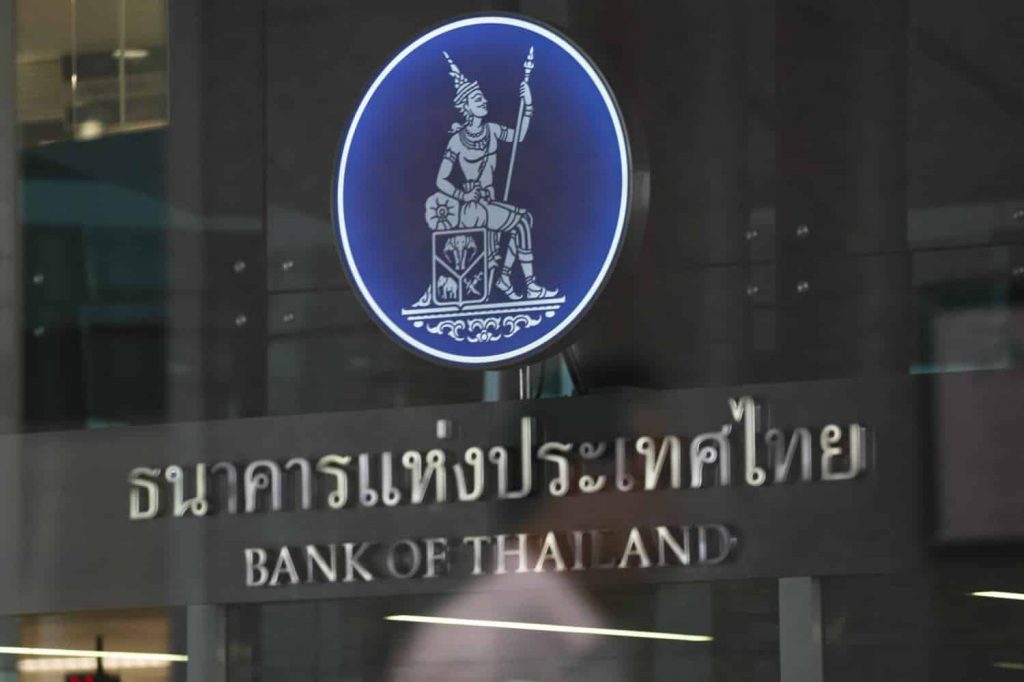Banks to control asset quality
The Thai banking industry is expected to remain cautious in controlling asset quality amid economic turbulence brought about by the Covid-19 pandemic.
Pasakorn Wangvivatcharoen, research manager at Asia Plus Securities, said local banks showed signs of improving fee-based income from securities and asset management business.
“Despite setting aside a massive amount for loan-loss provisions in previous quarters, local banks are still retaining relatively high provisions to handle uncertainties due to the pandemic,” said Mr Pasakorn.

Kasikornbank (KBank) chief executive Kattiya Indaravijaya said the bank allocated reserves for loan-loss provisions at a relatively high level in the first three quarters of 2020.
“Given the fresh wave of infections and assistance measures the bank offered to customers, along with business operations amid the uncertainty, KBank set aside greater reserves in the first quarter this year than the previous quarter,” she said.
As of March 31, the bank’s gross non-performing loan (NPL) ratio stood at 3.93% of outstanding loans, unchanged from the end of 2020. The NPL coverage ratio was 154%, a rise from 149% at the end of last year. The capital adequacy ratio (CAR) of KBank Group was 18.4%, with a tier-one capital base of 15.8%.
KBank and its subsidiaries also announced on Tuesday their consolidated net profit for the first quarter of 2021 was 10.6 billion baht, up 44.1% year-on-year. The increase in profit was attributed to a higher non-interest income of 1.92 billion baht, a rise of 19.3% year-on-year.
However, on a quarter-on-quarter basis, the bank’s net profit in the first quarter decreased by 2.63 billion baht or 19.9% from the previous quarter.
TMB-Thanachartbank posted a net profit of 2.78 billion baht in the first quarter this year, down by 1.38 billion baht or 33.2%. However, its net profit grew 125% compared with the previous quarter because of fewer provisions.
In the first quarter of 2021, the bank set aside provisions of 5.48 billion baht, higher than normal, but still lower than the 8.23 billion in the fourth quarter last year when the bank elevated provisions to prepare for uncertainty in 2021.
The bank recorded an improvement from customers following the resumption of economic activities.
The loan moratorium programme has also been gradually reduced. Upon the rollout, the programme totalled around 40% of the total loan portfolio, but has fallen to 14% as of March this year.
Chief executive Piti Tanthakasem said the bank is monitoring customers and found that most in the relief programme still have debt and requested only modified repayment terms to match their liquidity during this difficult time.
The bank’s NPL ratio increased slightly to 2.75% at the end of March compared with 2.50% in December last year, while the NPL coverage ratio declined to 124% from 131%. As of March 2021, the bank’s preliminary CAR and tier-one capital were reported at 19.5% and 15.5%, respectively.



